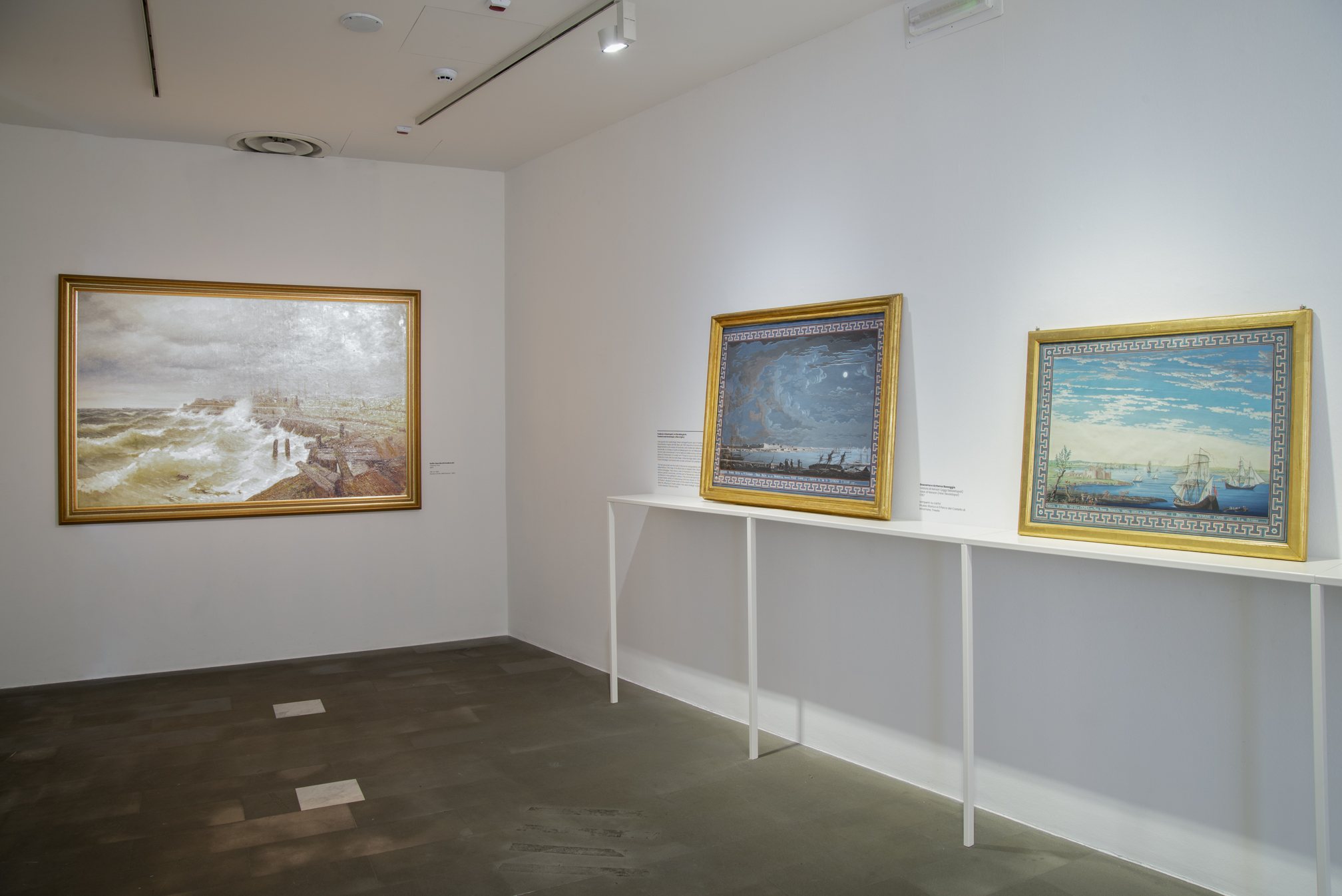edited by Giovanni Francesco Tuzzolino and Federico Crimi
with the contribution of Paolo De Marco
in collaboration with
Territorial University Center of Agrigento_University of Palermo,
National University Lviv Polytechnic,
State Archive of the Odessa Region.
The MAN Museum in Nuoro will host, from next March 3rd, a new and important dedicated exhibition to the history and myth of the Odessa steps , renamed by popular culture the “Potemkin Staircase” following the success of the famous film by Sergei Mikhailovich Ejzenštejn, The battleship Potemkin of 1925.
The original project of the staircase, a monumental hinge between the sea and the city, was signed, in the 1830s, by the architect Francesco Carlo Boffo (1796-1867) whose biography remained shrouded in mystery for decades, poised between an oral tradition that linked him to Sardinia and new documentary pieces that the exhibition today reveals along the way, thanks to recent archival discoveries.
After the exhibition dedicated to Picasso and the genesis of Guernica, the MAN Museum returns to reflect on a historical episode which nevertheless has a topical value, in the context of the tragic conflict in Ukraine, exactly one year after its beginning. Twinning with Ukrainian institutions from this perspective, it takes on a value of support and cultural and civil closeness.
Francesco Carlo Boffo is a figure of great interest, both for his architectural experimentation with themes linked to urban space, and for his role as interpreter of Italian architectural culture, already very much alive between Russia and Ukraine since the reconstruction of the Moscow Kremlin in the Renaissance, and which has given the multicultural Odessa, a melting pot of various cultures and a cosmopolitan city as well as a free port, that unmistakable classic face also betrayed by the choice of a Greek name for the city.
Boffo presents himself, therefore, as the main author of many public spaces, of representative architecture and of the staircase itself, symbol of the place, which connects the port esplanade to the Piazza de Richelieu, along an ideal axis that the exhibition will return through the exhibition Of drawings provided exceptionally by the Odessa Archive, original plans on loan from prestigious Italian institutes, including the National Central Library of Florence and the Historical Archives of Turin, in addition to the reconstruction of the drawings and a scale model created thanks to the collaboration with the Agrigento Territorial University Center of the University of Palermo.
The MAN will delve into the architect’s work for the first time, underlining the contribution offered in the construction of the architectural and urban identity of Odessa, together with the fascinating human and artistic story suspended between the legend of his birth on the island and the real Swiss origins of Ticino, fertile ground for many architects who later grew up in Italy and its centers of academic culture, strongly linked to the discipline of design.
But the story of Boffo and “his” staircase could not fail to intertwine with that of a film which made this panorama universally known in the eyes of the twentieth century public, transforming a masterpiece of nineteenth-century architecture in an icon of the big screen, thanks to the tight, violent and dramatic editing of the famous Ėjzenštejn sequence, engraved in the common imagination. In the catalog text by film critic Roberto Nepoti we read: «It is an indisputable sign of iconicity that the sequence is absolutely the most cited in the entire history of cinema, both in the form of homage and in the form of parody, by countless emulators of the Russian master. So much so that, at the end of the 1990s, the well-known critic Roger Ebert wrote: “… the famous massacre on the Odessa steps is so cited, that it is probable that many spectators saw the parody before the original”».
Enriching the exhibition are two romantic paintings of notable value and quality, a stormy sea by Ivan Konstantinovič Ajvazovskij from 1897, granted by National Museum in Warsaw, and a large port of Odessa by Rufim Gavrilovitš Sudkovski from 1885, arriving from Kunstimuseum in Tallinn, Estonia . The presence of some rare votive offerings with scenes of Sardinian brigantines in the bay of Odessa, before and during the Crimean War, is curious.
Architecture and cinema alternate along the entire route, now delving into the constructive analysis of the staircase, now reviewing the frames of a film that has set a precedent and which exalts, in its own shots, the formal details of the scenographic ramp. Period panoramas and new views duet with the brilliant solutions of Ėjzenštejn’s direction at the center of the video installation that tells of its genesis.
Coordination
Rita Moro and Elisabetta Masala
from an idea by Tommaso Esca
Catalog Libria editions, texts by Viktor Proskuryakov, Federico Crimi,
Giovanni Francesco Tuzzolino, Paolo De Marco, Roberto Nepoti
Video installations edited by Storyville
in collaboration with Cineteca Milano
Press office
STUDIO ESSECI – Sergio Campagnolo
Via San Mattia 16, 35121 Padua
Tel. +39.049.663499
contact person Simone Raddi, simone@studioesseci.net
www.studioesseci.net


